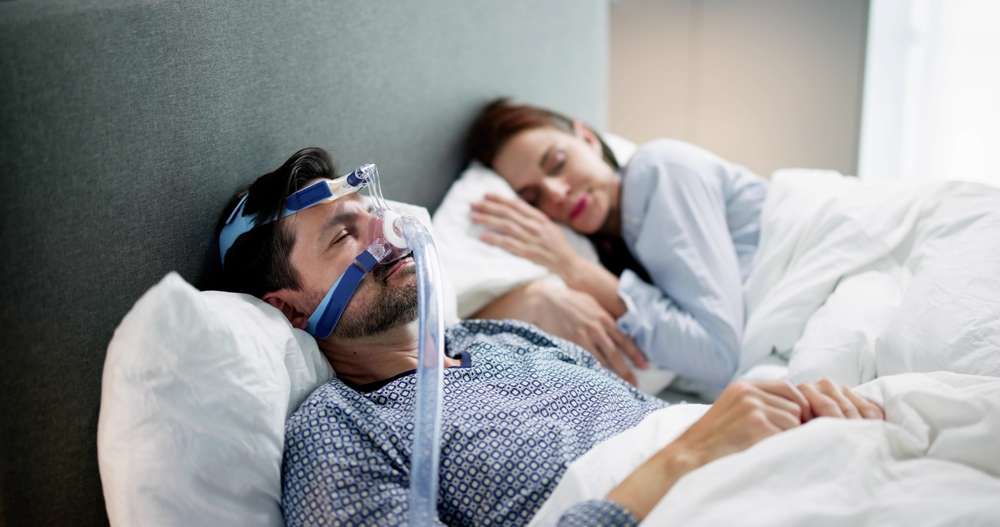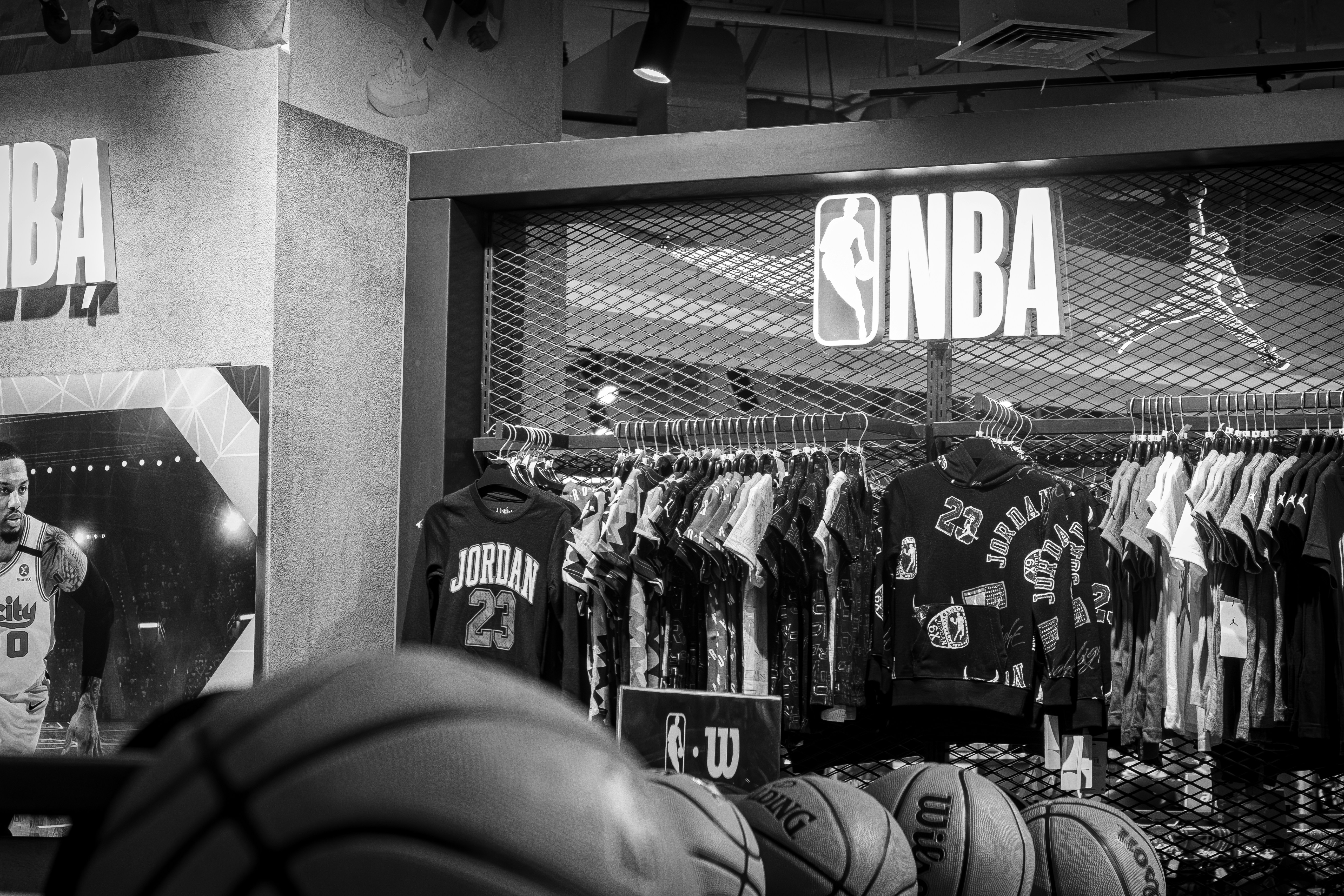Sleep Apnea Oral Devices That Work: A Guide to Treatment Options and Use
Sleep apnea oral devices can help improve breathing during sleep for some people under medical supervision. This article explains how these devices work, the types most commonly recommended, what to expect from fitting and use, and why professional evaluation is important.

Oral appliances have become an increasingly popular treatment option for obstructive sleep apnea, particularly for patients with mild to moderate cases or those who cannot tolerate continuous positive airway pressure therapy. These devices are designed to be worn during sleep and function by adjusting the position of the lower jaw or tongue to prevent airway collapse. Understanding how these devices work, the different types available, and what to expect during the fitting process can help individuals make informed decisions about their treatment.
Sleep Apnea Oral Devices That Work Explained
Oral devices for sleep apnea are dental appliances similar in appearance to sports mouthguards or orthodontic retainers. They work by either advancing the lower jaw forward or holding the tongue in place to maintain an open airway during sleep. The most common type is the mandibular advancement device, which gently moves the lower jaw forward to prevent the tongue and soft tissues from collapsing into the airway. These devices have been shown to reduce snoring and apnea episodes in many patients, though effectiveness varies based on the severity of the condition and individual anatomy. Unlike CPAP machines, oral devices are portable, quiet, and do not require electricity, making them convenient for travel and daily use.
How Oral Devices Help Manage Sleep Apnea Symptoms
Oral appliances address sleep apnea by mechanically preventing airway obstruction. When worn correctly, these devices keep the airway open by repositioning the jaw or tongue, which reduces the frequency of breathing interruptions during sleep. This can lead to fewer apnea episodes, decreased snoring, improved oxygen levels, and better overall sleep quality. Many users report feeling more rested upon waking and experiencing less daytime fatigue. The devices can also help reduce associated health risks such as high blood pressure and cardiovascular strain that often accompany untreated sleep apnea. However, oral devices are typically most effective for mild to moderate obstructive sleep apnea and may not be suitable for severe cases, which often require CPAP therapy or other interventions.
Types of Oral Devices Used for Sleep Apnea Treatment
There are two primary categories of oral appliances used to treat sleep apnea. Mandibular advancement devices are the most widely prescribed type and work by pushing the lower jaw forward to increase airway space. These devices can be custom-made by a dentist or purchased as adjustable, boil-and-bite models. Tongue retaining devices, the second type, hold the tongue in a forward position using a suction mechanism to prevent it from falling back into the throat. While less common, they may be recommended for patients who cannot tolerate jaw advancement. Custom-fitted devices made by dental professionals typically offer better comfort, durability, and effectiveness compared to over-the-counter options. The choice between device types depends on individual anatomy, the severity of sleep apnea, and recommendations from healthcare providers.
What to Expect During Fitting and Adjustment of Oral Devices
The process of obtaining a custom oral appliance typically begins with a consultation with a dentist trained in dental sleep medicine. During the initial visit, the dentist will take impressions or digital scans of the teeth to create a device that fits precisely. Once the appliance is fabricated, usually within a few weeks, a fitting appointment is scheduled to ensure proper placement and comfort. The dentist will adjust the device to achieve the optimal jaw position, which may require several follow-up visits to fine-tune the advancement setting. Patients often experience an adjustment period during which they may notice increased salivation, jaw discomfort, or temporary changes in bite alignment. These side effects typically diminish as the mouth adapts to the device. Regular follow-up appointments are important to monitor effectiveness and make necessary adjustments, and patients should also have periodic sleep studies to confirm the device is adequately controlling their sleep apnea.
The Importance of Medical Evaluation Before Using an Oral Device
Before pursuing oral appliance therapy, it is essential to undergo a comprehensive medical evaluation. A sleep study, either in a laboratory or at home, is necessary to diagnose sleep apnea and determine its severity. This information helps healthcare providers decide whether an oral device is appropriate or if other treatments are needed. A thorough dental examination is also required to ensure the teeth, gums, and jaw joints are healthy enough to support an oral appliance, as certain dental conditions may contraindicate their use. Working with both a sleep physician and a qualified dentist ensures coordinated care and optimal treatment outcomes. Self-diagnosing or using over-the-counter devices without professional guidance can lead to ineffective treatment and potentially worsen sleep apnea symptoms. Ongoing monitoring by healthcare professionals is important to assess treatment effectiveness and make adjustments as needed over time.
This article is for informational purposes only and should not be considered medical advice. Please consult a qualified healthcare professional for personalized guidance and treatment.
Conclusion
Oral devices offer a practical and effective treatment option for many individuals with obstructive sleep apnea, particularly those with mild to moderate cases or who struggle with CPAP therapy. Understanding the different types of devices, how they work, and the importance of professional fitting and ongoing medical supervision can help patients achieve better sleep quality and improved health outcomes. With proper evaluation, customization, and follow-up care, oral appliances can be a valuable tool in managing sleep apnea symptoms and enhancing overall well-being.




